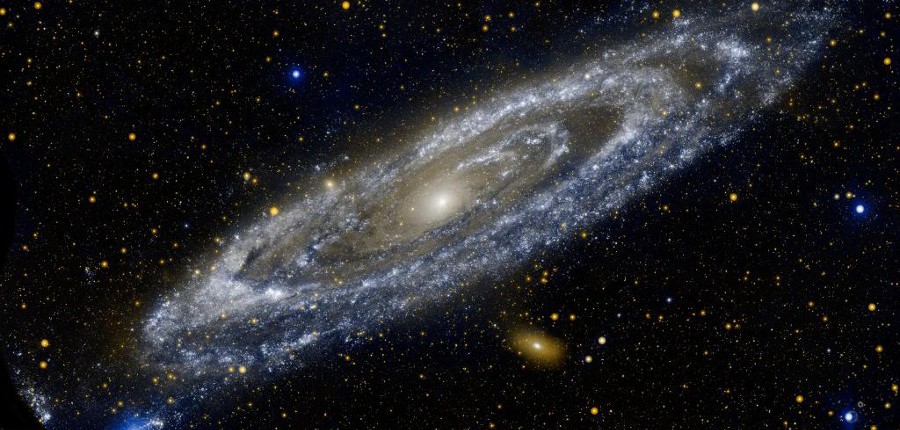A thought experiment: Imagine a spherical blackbody the size and density of the sun. Now place that body deep in the InterGalactic Medium. In such a location a blackbody will be absorbing all of the Ambient Cosmic Electromagnetic Radiation that flows continuously through any location in the IGM. Eventually we should expect the sphere to settle into a state of equilibrium with the ACER, continuously absorbing and reemitting all the energy it receives.
This means that there must exist a Radiation Density Gradient surrounding the blackbody consisting of all the inbound and outbound radiation. By normal geometric considerations we should expect the gradient to drop off as 1/R2, R being the radius.
The question is, just how much energy is that? The answer depends on the surface area of the sphere, which is easy to calculate, and the energy density of the ACER which doesn’t seem to be cleanly known, Various frequency bands have been observed to varying degrees. This recent survey of the Cosmic spectrum as a whole suggests that the aggregate nature, behavior and effect of the ACER has not been properly and fully assessed.
Given some reasonable value for the ACER density it would be possible to estimate the RDG of the sphere. With a reasonable value for the RDG a calculation could then be made, using optical considerations, of the curvature to be expected for the path of a light ray passing through the RDG, feeding that curved light back into the RDG calculation. The result could then be compared to the standard curvature predicted by General Relativity but first the additional energy directly radiated by the sun would have to be factored in. Something to think about. Somebody else will have to do the math though. That’s not my gig.

Pingback: The Radiation Density Gradient II | This Island Universe